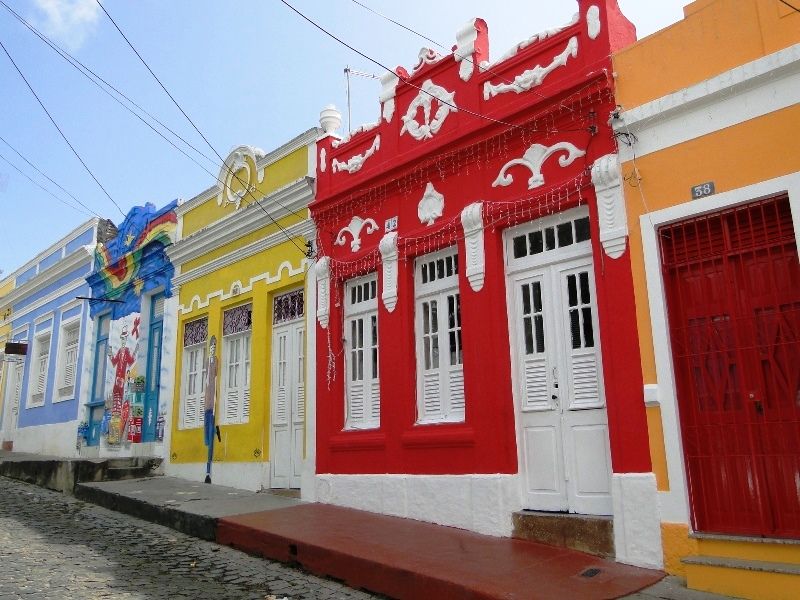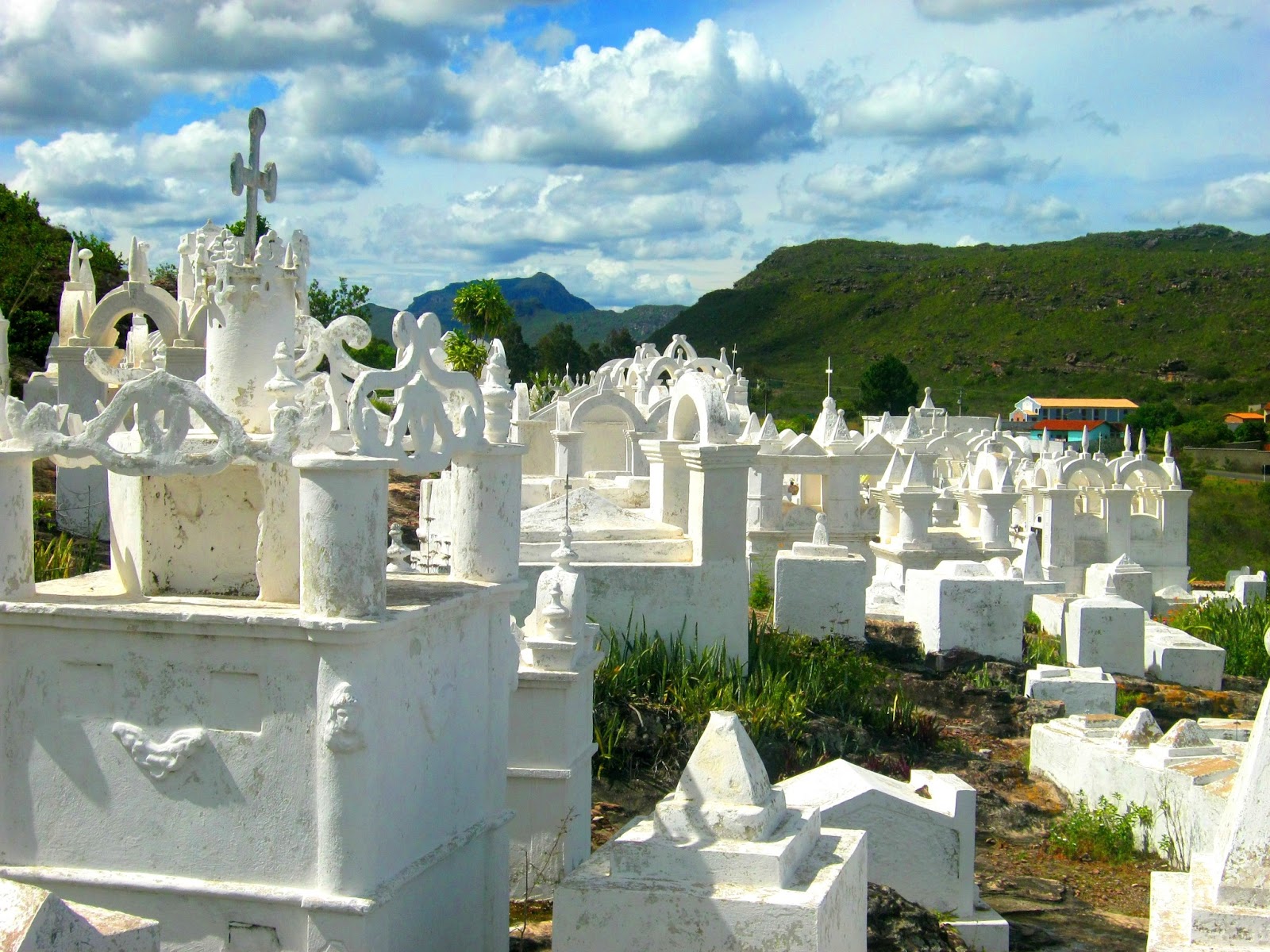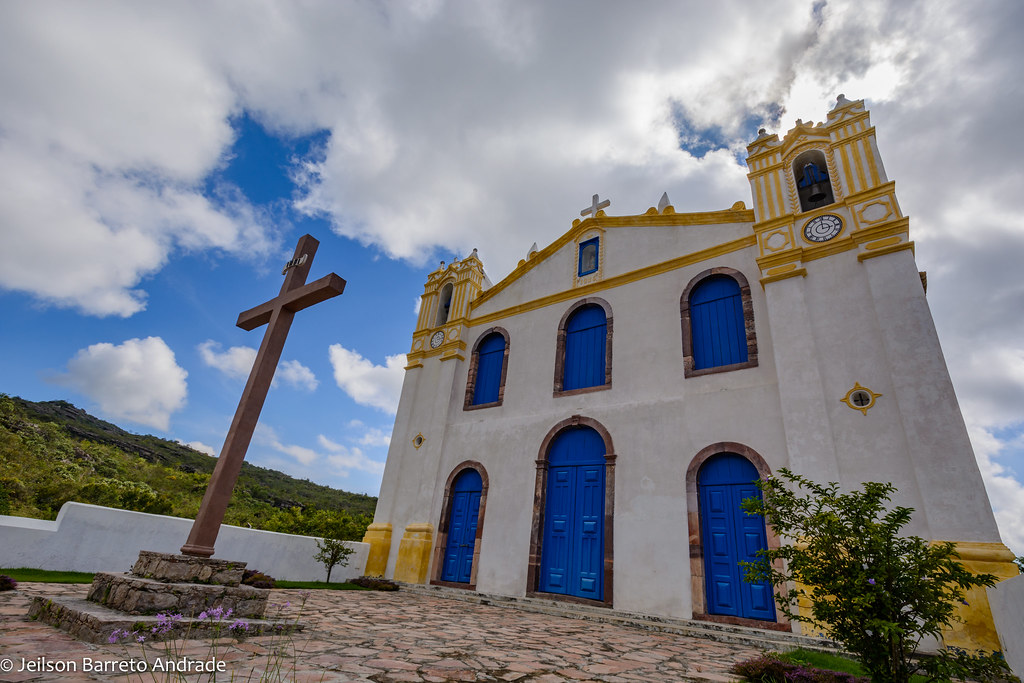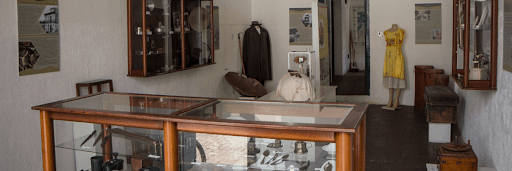Este post também está disponível em:
Português
English
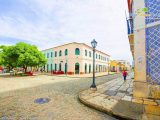
Get to know the main historical cities of the north-east of Brazil built during the colonial period that still retain a large part of their preserved houses.
The history of Brazil is rich, comprehensive and full of contradictions.
Developing a narrative that addresses the details of the conquest and colonisation of Brazilian territory is no easy task.
What is difficult for historians can be easy for travellers: when strolling through the stone streets and well-preserved houses of some historic cities, it is natural to feel transported to the colonial period.
It is normal to realise that time has simply stopped there, and it is easier to understand all the historical implications that made these little towns rise (usually because of the interests of mineral exploration, such as gold and diamonds) and stagnate in time (with the end of the exploitation of these natural resources).
Below is a selection of historic Brazilian cities that still hold the only treasure left: history.
Perfect for those who do not dispense cultural itineraries, without giving up a lot of charm.
Historical Cities of the Northeast
1. Olinda in Pernambuco
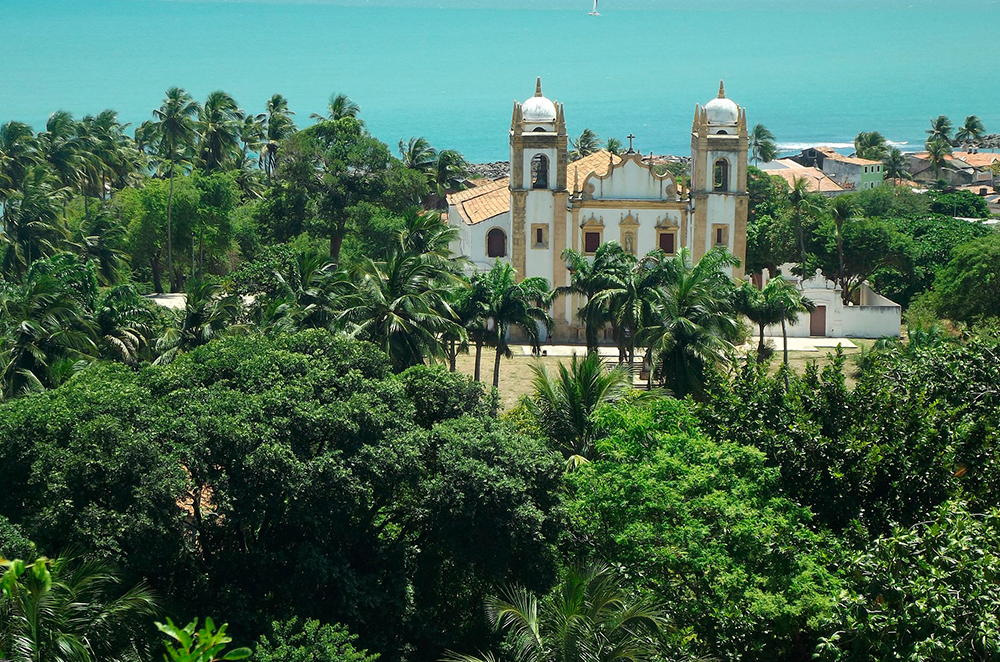
Walking through the streets of Olinda, visitors come across beautiful old buildings – restored after the Dutch invasion during the 18th century and open to visitors.
Olinda, the former capital of Pernambuco, attracts tourists from all over the world to its history-filled hillsides and blue sea. Strolling through the streets of the city, founded by Duarte Coelho, is a dip in the history of colonial Brazil.
To reach the oldest Brazilian city, declared a World Heritage Site by Unesco, the best option is to depart from Recife.
The Interstate Passenger Terminal of the capital of Pernambuco, 15 km from Olinda, receives buses from all over the country.
Founded in 1535, Olinda was elevated to a town in 1537 and was the capital of the Captaincy of Pernambuco until 1654.
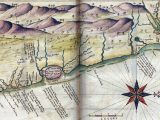
The city prospered with the extraction of brazilwood and the cultivation of sugar cane, becoming one of the most important commercial centres of the colony.
Known as the little Lisbon, for the wealth and luxury of its buildings, the urban layout of Olinda has a strong influence of the religious orders: Carmelite, Jesuit, Franciscan and Benedictine, who catechised the Caetés Indians and allowed the definitive occupation of the land.
The Dutch invasion in 1630 changed Olinda’s prosperous history.
In order to build houses in Recife, the invaders looted and set fire to the then capital of Pernambuco and only after the expulsion in 1654 did the reconstruction of the town of Olinda begin.
With the departure of the Dutch, the city did not regain its former prosperity and Recife took over as the economic centre when, in 1827, it was chosen as the capital of Pernambuco.
In the 19th century, Olinda grew again.
Attracted by the therapeutic qualities of the sea baths and the ease of access to the capital by the railway, visitors populated the waterfront with holiday and residential buildings.
Tour of Olinda
One third of the city of Olinda is listed as a Historic Site. The region known as the Upper City, is home to the historic centre of the richest city in Colonial Brazil, and you can visit the main tourist attractions on a stroll along its colourful hillsides.
The Convent of São Francisco, built in the 16th century, is ideal as a starting point for a tour of the historic centre. Located at 280 Rua de São Francisco, it has a series of Portuguese tile panels and 18th-century paintings on its carved wooden ceiling.
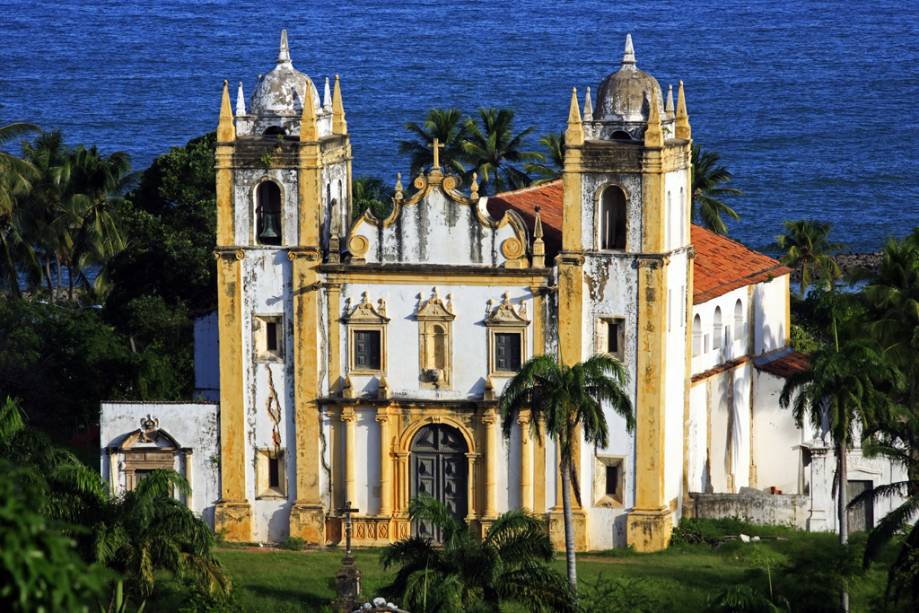
The oldest Franciscan convent in Brazil also houses the first public library in Pernambuco with a large collection of rare works.
If the intention is to visit the convent, visits take place from Monday to Saturday, from 9am to 12.30pm and from 2pm to 5.30pm.
Next to the convent, on Rua Bispo Coutinho, there is the Alto da Sé, where you can find the Mercado de Artesanato da Sé, craft fairs and the well-known tapioqueiras olindenses.
In addition to shopping, you can enjoy the exuberant beauty of the Metropolitan Cathedral of São Salvador do Mundo or the Cathedral of Olinda, which after undergoing a restoration in the 1970s had its Renaissance and Baroque architecture recovered.
The Cathedral Square is open daily from 9am to 5pm and has the Mirante da Caixa D’água, which with its panoramic lift, offers a 360º view of Olinda. Visits take place from Monday to Wednesday from 8am to 6pm, and from Thursday to Sunday from 8am to 8pm.
The former Palácio dos Bispos de Olinda houses the Museum of Sacred Art, which has seven exhibition spaces and a rich collection of cult objects and religious paintings. Located at Rua Bispo Coutinho, 726, it can be visited from Tuesday to Sunday, from 10am to 5pm.
On the same street, it is worth visiting the Casa dos Bonecos Gigantes de Olinda, which is open daily from 9am to 6pm. Further along Ladeira da Misericórdia, the Igreja da Misericórdia is a must-see for those who want to appreciate the Baroque and Portuguese Renaissance architecture.
After passing through the Quatro Cantos, the intersection of Prudente de Morais, São Bento and Ladeira da Misericórdia streets, seeing the old houses and the centre point of Olinda’s carnival, the next stop is the Museu do Mamulengo which is located at Rua de São Bento, 344. Founded by the puppeteer Fernando Augusto Gonçalves, the first mamulengos museum in Latin America houses more than a thousand dolls in its collection. Visits can be made from Monday to Friday, from 9am to 5pm.
Other points worth visiting are the Olinda Regional Museum and the Ribeira Market. Located at Rua do Amparo, 128, the site is open for visits from Tuesday to Friday, from 09h to 17h, and offers a view of a 19th century Pernambuco house.
The Ribeira Market, on Rua de São Bento, has a brick floor very characteristic of colonial architecture and houses galleries of handicrafts, carvings, engravings and paintings – open daily from 8am to 6pm. Enjoy the walk down the street and also visit the Mosteiro de São Bento which is open for visits (from 9am to 11.45am and from 2pm to 5pm) and has a magnificent gold-plated main altar and baroque architecture.
Finally, there is the tour of the Historic Centre of Olinda. Go to Praça do Carmo and visit the Igreja do Carmo de Olinda. Built in the 16th century, it is a landmark of the arrival of the Carmelite Order in the city and houses baroque-style decoration.
2. Penedo in Alagoas
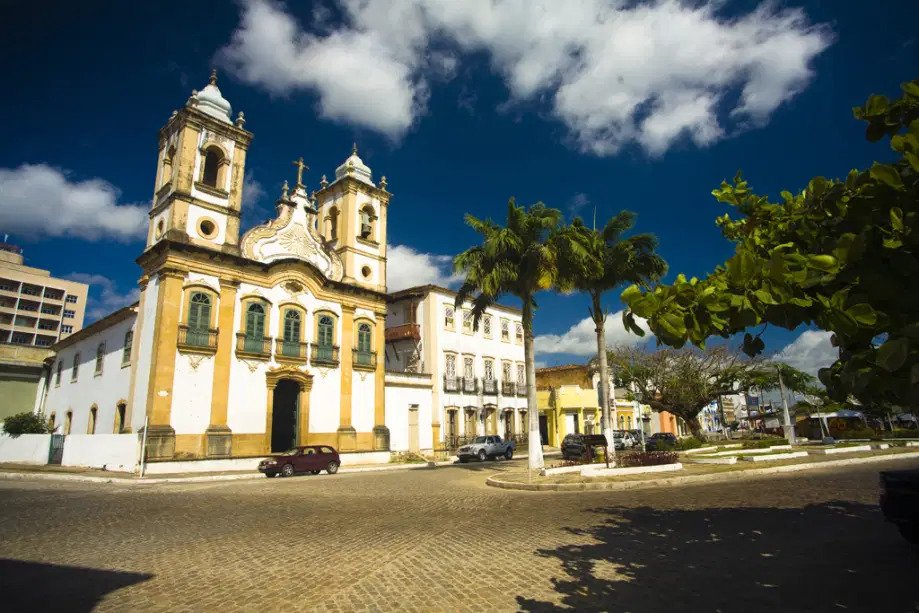
The buildings of Penedo that served as a solid base for the first settlement, still Capitania de Pernambuco, are the same unshakeable supports that have withstood almost five centuries of magic and enchantment.
Stories of the Caetés, Portuguese, French, Dutch, Malés, Franciscans, fishermen, poets, painters, sculptors….
Penedo, this fantastic city has a unique story to tell and enchant everyone who visits it.
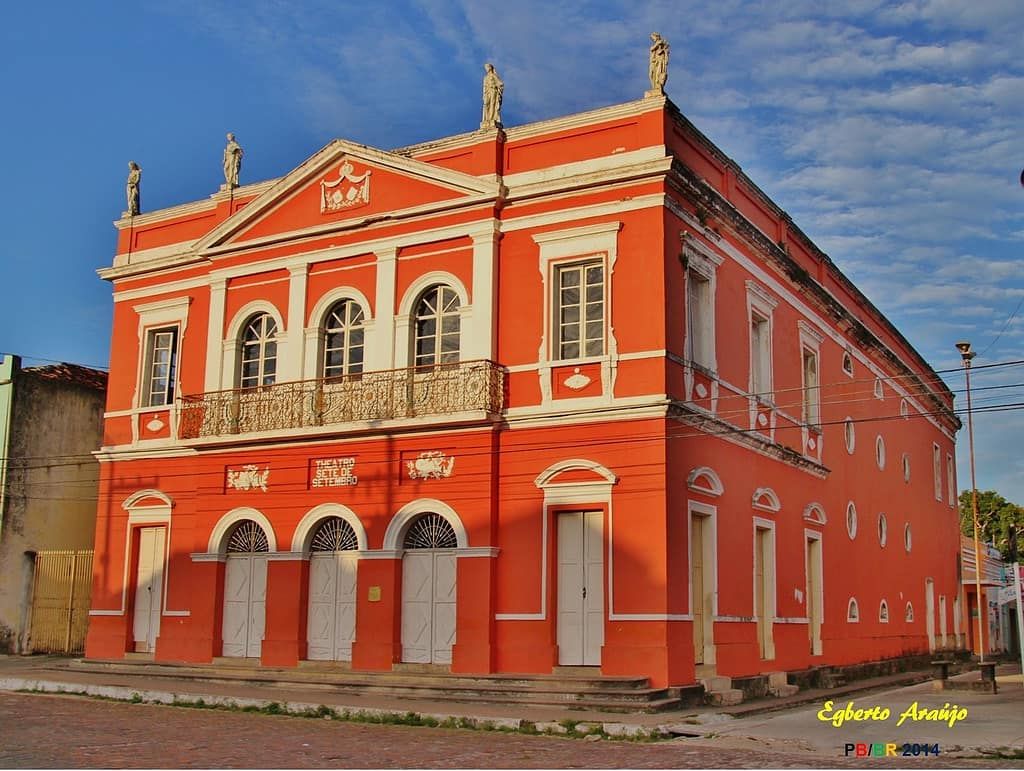

Centro Histórico de Penedo em Alagoas08:06
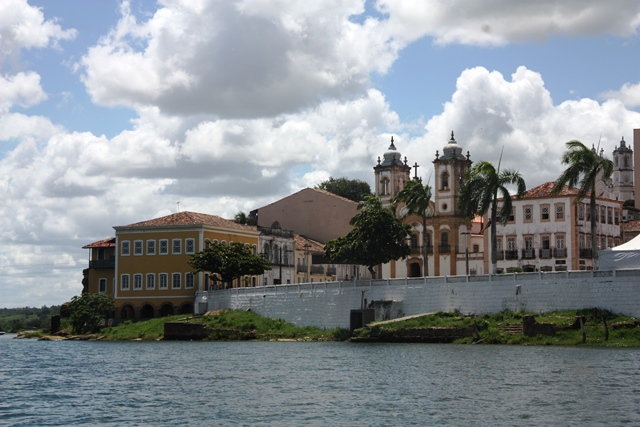
História de Penedo em Alagoas04:57
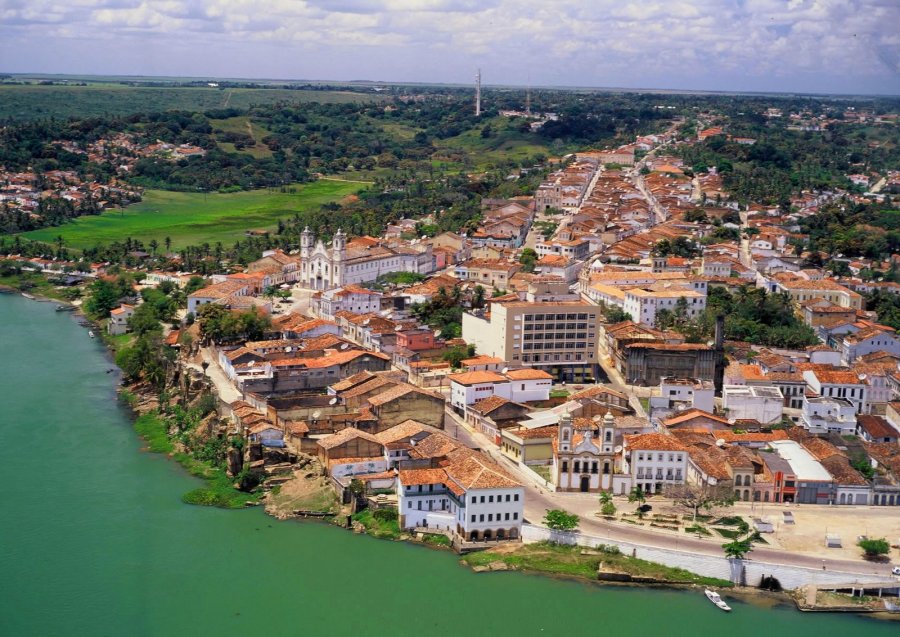
Cidade Histórica de Penedo AL - Reportagem03:27
It all started with the discovery of Brazil in 1500. In 1501, Américo Vespúcio discovered the mouth of the São Francisco River, Opara of the Caetés, a river as big as the sea, the Velho Chico….
Gateway to the hinterland, vehicle of civilisation and culture of our people.
In 1502 Europe had already heard about the São Francisco River through Alberto Cantino’s Geographical Chart, arousing interest in its gold and silver mines.
History of Penedo AL
In 1534, Duarte Coelho Pereira, first grantee of the Captaincy of Pernambuco, went down the coast, entered the mouth and seven leagues away found a small settlement that was only officially recognised in 1560 by the second grantee, Duarte Coelho Pereira de Albuquerque: Penedo do São Francisco.
On 12 April 1636, it was elevated to the category of village with the name of Vila do Penedo do São Francisco, receiving the title of “Mui Nobre e Sempre Loyal”.
This status of town was achieved by being a polarising centre of top quality human material and by the refinement of its European-style culture, as well as its socio-economic status.
In 1637, Maurício de Nassau invaded Penedo and so we spent 10 years under Dutch rule. The town was renamed Mauritius.
But it was not long before a revolutionary movement arose in Penedo, whose purpose was to wrest the land from the invaders.
The revolutionary movement was named OPENEDA.
Thus, on 19 September 1645, Valentim da Rocha Pita, the great hero of Penedo, led the final battle at Alto do Monte Alegre, today Praça Clementino do Monte.
A Byzantine-style stone cross was erected there as a landmark of the great event.
In 1660 the Franciscans arrived in Penedo and built the Convent and Church of Santa Maria dos Anjos, with schools of French, Latin and philosophy.
On 18 April 1842, Penedo became a town.
Given its importance, Penedo received illustrious visitors:
On 14 October 1859, the city of Penedo became the seat of the Imperial Government with the visit of His Augusta Magesty Don Pedro Segundo, Emperor of Brazil.
In August 1889, His Highness Prince Gastão de Orleans e Bragança, Count D’ Eu, arrived in the city of Penedo and was received in a special audience by the Director of the Montepio dos Artistas, an organisation that was awarded a donation of one hundred thousand réis and which conferred on the Prince the title of Protective Partner.
Penedo stands out for the Imperial Decree number 3.749 of 7 December 1866, was opened the navigation of the Lower São Francisco to merchant ships of all nations to the port of Penedo.
The following year, the Penedo Customs House was created by Decree No. 3,920 of 31 July 1867.
On 8 March 1841, the Penedo Revenue Office was created, which was transformed into a Consulate on 27 May 1847.
Provincial Resolution 781 of 29 May 1878 restored the Consulate of Penedo.
The Provincial Resolution number 838 of 7 June 1880 created in Penedo the Practical Schools, with the purpose of the exercise and practice of the candidates to the Public Magisterium.
On 3 February 1760, Colonel João Pereira Alves founded the Santa Casa de Misericórdia de Penedo. And in 1884, the construction of the stage of the arts, the Theatro 7 de Setembro, was completed.
Penedo, city of the sobrados, showcase of the history of Alagoas, cradle of the civilisation of Alagoas, Mui Nobre e Sempre Loyal city of Penedo, National Historical Heritage.
3. Salvador da Bahia
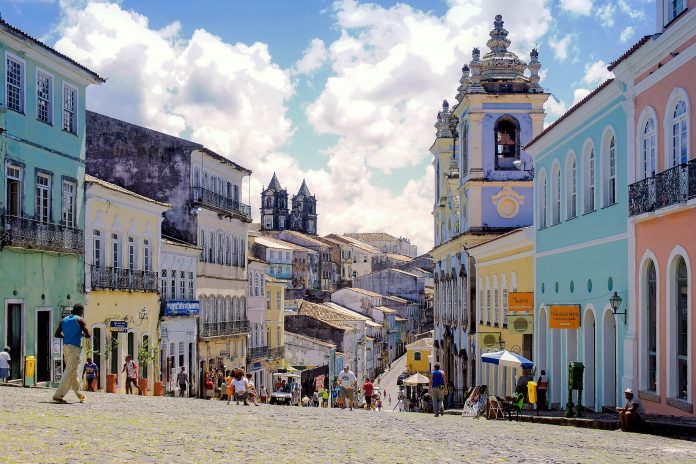
Of course, the first capital of Brazil could not be left out of this list. Salvador was the great political and financial centre of the country between 1549 and 1763 – it was there that the mixture of peoples, cultures, religions and races that is Brazilian society began.
In 1558, the first slave market in America was founded in the city, with the aim of selling blacks recently arrived from Africa to the masters of the sugar cane mills.
Today, the city’s Historic Centre preserves its Renaissance buildings and two-storey mansions – typical of wealthy cities.
History of Salvador da Bahia
The region where Salvador is located was inhabited by the Tupinambás when, in 1501, Gonçalo Coelho, commander of the first exploratory expedition, traded with the Indians and installed the Portuguese possession standard at the site of the current Farol da Barra, at the entrance to the bay.
It was 1st November, All Saints’ Day.
The site became known as Ponta do Padrão, at the entrance to Todos os Santos Bay.
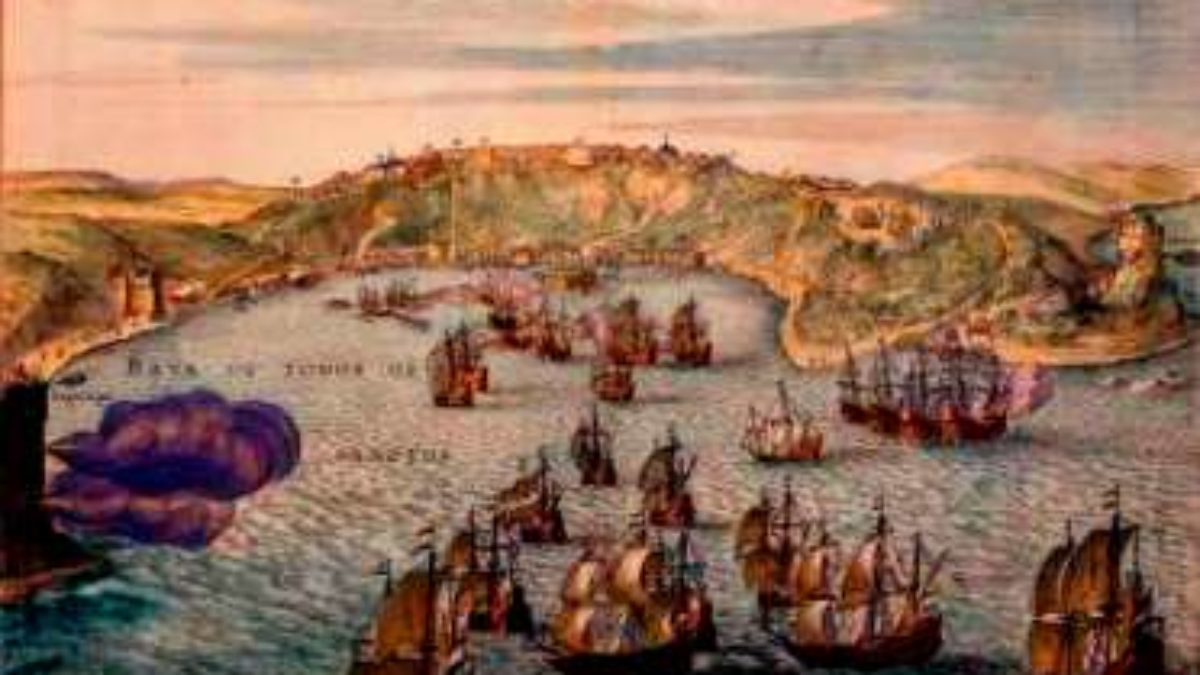
História da primeira capital do Brasil, Salvador da Bahia
By 1509, a ship, probably French, was wrecked off the coast of Bahia. One of the survivors, the Portuguese Diogo Álvares Correa (Caramuru) settled on the site of the future Salvador.
At the time, the ship was wrecked.
The first settlement emerged with the integration of Europeans.
In 1534, the captaincy of Bahia de Todos os Santos was donated to Francisco Pereira Coutinho who came to settle in the same village inhabited by Caramuru.
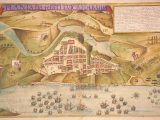
In the mid-16th century, Brazil came to be seen as a promising land. In 1548, after the death of Pereira Coutinho, his Captaincy was acquired by the Portuguese Crown to establish a large and strong settlement, according to the guidelines of the Regiment of Dom João III.
In 1549 the process of effective colonisation of Brazil began with the founding of its first capital, the city of Salvador.
His founder, the first Governor General Thomé de Sousa landed in the present-day Porto da Barra on 29 March and began construction of the fortress city, planned to be the administrative centre of Brazil.
The urban layout of the citadel was defined by the master stonemason Luís Dias, with a clear concern for defence, surrounded by a palisade.
The first buildings were made of mud and straw. In 1549, Salvador already had at least five churches: Graça, Vitória, Escada, Conceição da Praia and Ajuda. Only the latter was intramural, inside the Citadel, and in 1552 it became the first cathedral in Brazil.
The first churches were built of mud and straw.
From the 16th to the 18th centuries, Salvador was one of the main links between Portugal, southern Africa and the coast of Asia. It was the capital of the State of Brazil until 1763, continued to be the Ecclesiastical Capital of Lusitanian America until 1891, and the Legal Capital of its northern part until 1808.
Salvador was one of the main links between Portugal, South Africa and the coast of Africa.
Until the beginning of the 19th century, it was the largest city in Brazil and the second largest in the entire Lusitanian Empire, behind Lisbon. Until the 1870s, it was the busiest port in the country.
Brazil’s largest city.
3. Cachoeira in Bahia
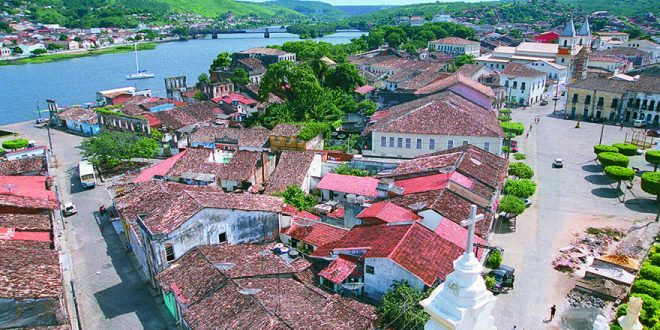
Located about 110 km from the capital Salvador, this small and charming town in the Recôncavo Baiano struggles to place its historical heritage among the best preserved in the country.
It is here that the largest Baroque architectural ensemble in the state is located, with façades, buildings and houses that make you feel like you are travelling back in time. History tells us that the city hosted the first events that would result in Brazil’s independence.
However, it is in religiosity that the strong point of the destination is found, with events of religions of African matrix taking its streets.
History of Cachoeira BA
Cachoeira was one of the first civilised centres in the territory of Bahia.
Its history, some claim, dates back to the 16th century.
Perhaps for this very reason the dates that mark its development are not without controversy.

História de Cachoeira na Bahia
There are even those who believe its origins lie in the years 1595-1606, when the chapel of Nossa Senhora da Ajuda was founded on the initiative of Captain Álvaro Rodrigues, who left his descendants the task of preserving it.
What seems beyond doubt, however, is that when Rodrigues Adôrno led an expedition in 1654 to put an end to the incursions of the indigenous people along the banks of the Paraguassu, the valley of that river was already inhabited by some civilised people in the part closest to the coast.
Once the savages had been defeated, the head of the group remained in the region, where he rebuilt the chapel of Ajuda and set up his dwelling house.
In view of the great development of the settlement, the parish of Nossa Senhora do Rosário da Cachoeira was created in 1696, according to some.
Two years later, the settlement was elevated to the category of town, with the name of Nossa Senhora do Rosário do Porto de Cachoeira. By this time the town was already “the one with the largest area, known as the centre, par excellence. of our first trials in land cultivation and the expansion of our trade”.
In 1802, for Vilhena, “the town of Cachoeira is recommended and opulent because it is the container of all the tobacco that is manufactured on the continent, from where it is taken to the city and to it and to Muritiba all those who come down from Minas and the hinterlands will dock”.
During the Sabinada, in 1837-1838, it was the seat of the legal government. The importance of Cachoeira can also be gauged by the transport routes that linked it to the major economic centres of the time.
Almost all the trade in the hinterland of Minas Gerais and various other parts of the province converged on the port, including the area of the Upper São Francisco, which was linked to the town at the time by three roads: the Muritiba road, through the port of São Félix to Minas Gerais and Goiás, the Belém road, linking it to the southern part of the province, and the Capoeirassu road, which led to the Estrada Real do Gado, where cattle from Piauí were driven.
Cachoeira, however, combined its status as a major commercial emporium with that of a bustling industrial centre: tobacco was manufactured there and exported in part to Africa, where the mangotes – short and thick rolls of rope tobacco prepared properly – were used as currency to buy slaves.
During the independence struggles, it was one of the main rebel strongholds in Bahia. On 25 June 1822, the city council, the troops and the people acclaimed Prince Pedro regent and perpetual defender of Brazil.
Shortly afterwards, a defence board was appointed, which included Antônio Teixeira de Freitas Barbosa and André Rebouças.
A provisional government was then created, composed of representatives from all the allied towns, which led the military movement against the capital, occupied by Portuguese troops under the command of General Madeira.
For the action of the Cachoeirenses during these struggles, the village was granted the title of heroic. In 1837 the village was transformed into a city.
With the construction of the Railways, the royal roads ceased to be the preferred route for transport, and with that, Cachoeira lost much of its economic importance; unused, these paths, in several stretches, fell into the most complete abandonment.
Currently, the municipality’s economy is based on sugar cane, tobacco and manioc. According to the administrative division in force on 30 June 1956, the municipality is composed of 3 districts: Cachoeira, Belém da Cachoeira and Santiago do Iguape.
4. Mucugê in Bahia
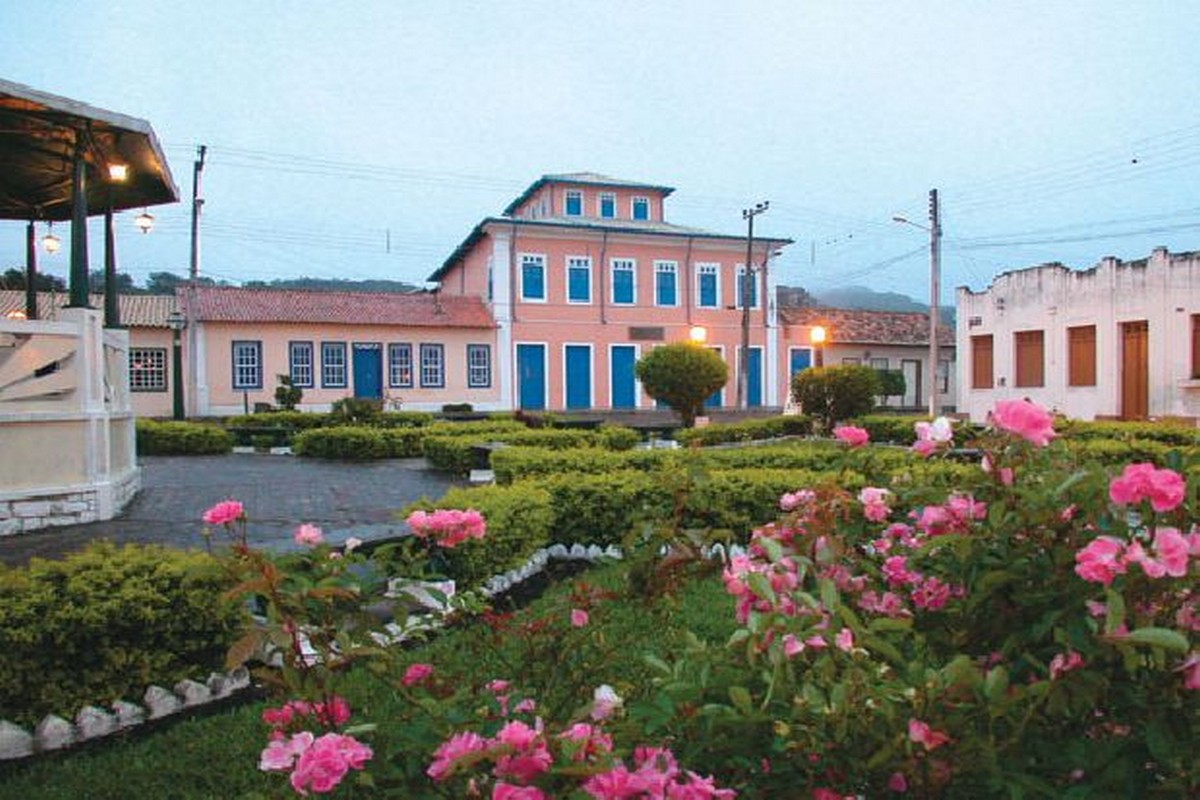
Founded at the end of the 18th century, the city is considered one of the oldest in the region of Chapada Diamantina, having been one of the most important centres of gold and diamond exploration in the country.
Its historical heritage is well preserved in the houses and buildings dating from the colonial period, which are surrounded by cobbled streets. One of the strong points of local tourism is the famous June festivals, full of good attractions.
History of Mucugê

História de Mucugê na Bahia
After the revelation of the discovery, there was an unbridled rush of thousands of people in search of the dream of quick wealth. By 1848, there was already a population of more than 30,000 inhabitants, mostly prospectors and traders. Thus, the settlement of Mucugê do Paraguaçu was born.
The city has very clean streets, where the attention is drawn to its flowering gardens.
One of the natural attractions is Alto do Capa Bode, considered a place of contemplation where inhabitants and visitors assure that they have sighted unidentified flying objects (UFOs) there.
Historical attractions Mucugê
Cemetery of Santa Isabel
Matriz de Santa Isabel Church
Public Museum and Archive
Project Sempre-Viva
It carries out environmental education activities, flora protection, geo-processing and map making, as well as research in partnership with the State University of Feira de Santana.
5. Rio de Contas in Bahia
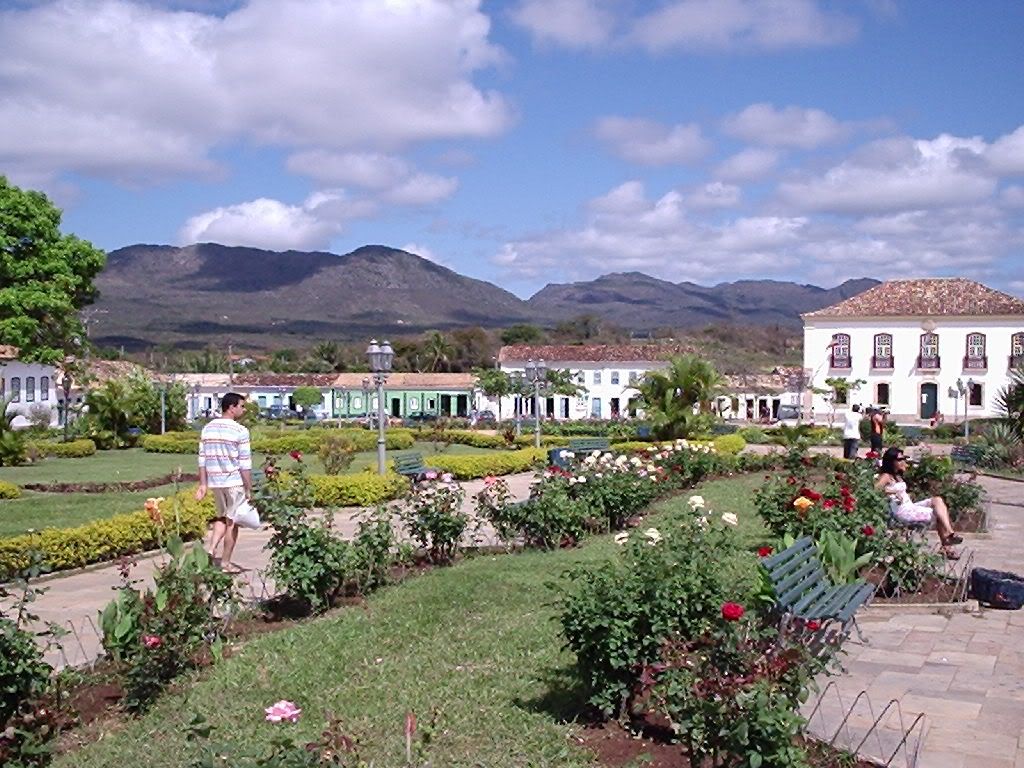
The city’s architectural ensemble Rio de Contas is considered one of the most important in Bahia, with beautiful colonial mansions and cobbled streets.
Formerly Pouso dos Creoulos, the destination served as an escape route for slaves at the end of the 17th century.
This period is well preserved in the local Public Collection, which gathers several letters of release, ecclesiastical judgements and original slave certificates.
Another good attraction is the stone path of the Rural Road, where the region’s gold was transported.
History of Rio de Contas in Bahia
Travellers coming from Goiás and the north of Minas Gerais, bound for Salvador, founded the village of Creoulos at the end of the 17th century, to serve as a landing place.
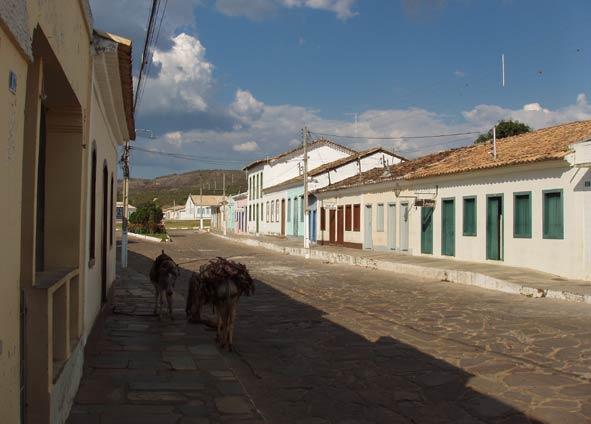
História de Rio de Contas na Bahia
The discovery of gold in the bed of the Brumado River attracted a large number of garimpeiros who, travelling up the river, founded the settlement of Mato Grosso.
The town grew as a result of mining. In 1718, the parish of Santo Antônio de Mato Grosso was created, the first in the Alto Sertão Baiano.
At the beginning of the 18th century, the Jesuits built a church, 12 kilometres below the village of Creoulos, dedicated to Our Lady of Livramento.
In 1724, the Viceroy Dom Vasco Fernandes commissioned Colonel Pedro Barbosa Leal to create a town in the upper Sertão Baiano. The site chosen was Sítio, 12 kilometres below the village of Creoulos, and the village was named Nossa Senhora do Livramento do Rio de Contas.
The Viceroy Dom André de Melo e Castro, Count of Galvêas, ordered the village seat to be moved to the village of Creoulos, now the town of Rio de Contas, in 1745.
The place name was adopted from the name of the river that cut through the municipality.
6. Porto Seguro in Bahia

History tells us that it was here that the colonisation of the country began. To this day, its streets preserve references to the discovery, which even include the ruins of the first church and the first school built in Tupiniquin lands.
Many of its old buildings are still preserved, especially in the Discovery Coast, which includes the region of Santa Cruz Cabrália – where the first mass of the country would have taken place.
Local tourism is very busy thanks to the graduation trips of high school teenagers.
History of Porto Seguro
The origin of the current Municipality of Porto Seguro is linked to the early chapters of the history of Brazil. In its territory is the first portion of land sighted by the vessels of Admiral Pedro Álvares Cabral – Monte Pascoal.
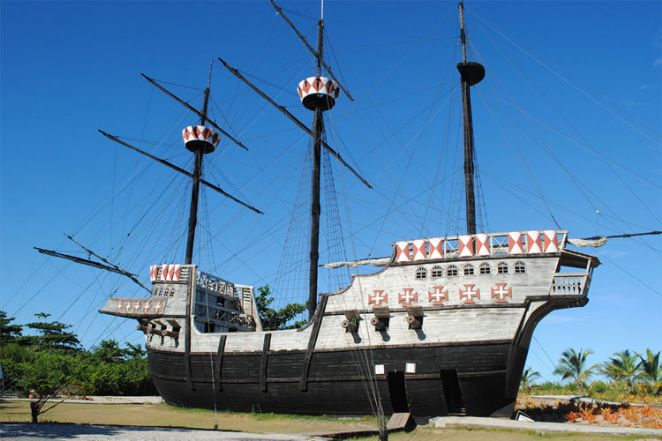
História de Porto Seguro
The first point discovered, on 22 April 1500, was Porto Seguro.
The settlement of the current city began in the place today called “cidade alta”, in 1626, when a factory was created by Cristóvão Jacques, destined to monitor the coast.
Colonisation was carried out by the Portuguese and the priests of the Society of Jesus.
The Captaincy of Porto Seguro was granted, by Royal Charter of 27 May 1534, to Pero de Campos Tourinho, its first grantee, who built the town in 1535 at the mouth of the Buranhém River: he built houses, a fort, a chapel, warehouses, a shipyard and a forge, distributed land to the inhabitants, created a register of sesmarias and began to explore the hinterland.
The second grantee was Fernão de Campos Tourinho, son of Pero. He administered poorly and suffered attacks from the Aimoré. On his death, he was succeeded by his sister, who sold the captaincy on 10 August 1559 to João de Lencastro, 1st Duke of Aveiro.
He later bequeathed it to his son Pedro Diniz. In 1759, the Captaincy of Porto Seguro passed to the Crown and later became part of the Province of Bahia.
7. Valença in Bahia
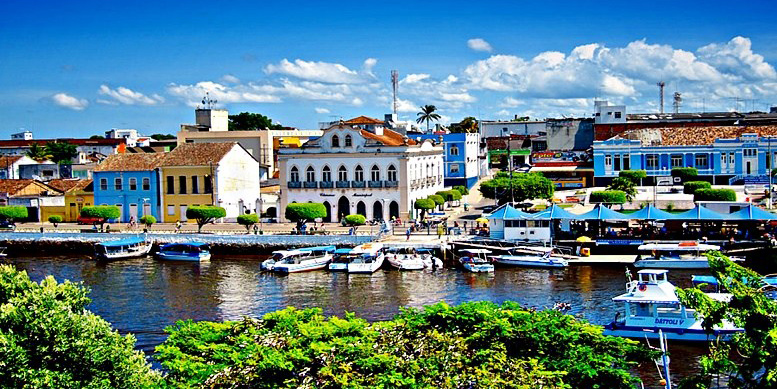
Considered the starting point to visit Morro de São Paulo, this small town in Bahia has its charms.
In the Historic Centre of Valença, colourful houses and buildings from the colonial period are in a good state of conservation. Its uneven cobbled streets add to the sense of nostalgia, reinforced by small churches in its surroundings.
History of Valença
In the colonisation period when Brazil was divided by the system of Hereditary Captaincies, the territory of the municipality of Valença was part of the captaincy of São Jorge dos Ilhéus and, administratively, belonged to the Vila de Nossa Senhora do Rosário de Cairu.
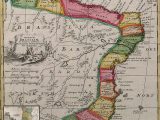
The place was inhabited by the peaceful Tupiniquin Indians, and the first settlers, as history indicates, began to arrive around 1557 to 1571, when Mem de Sá was Governor-General of Brazil.
Among these settlers was Sebastião de Pontes, a wealthy and influential man who already owned two sugar mills in the recôncavo region of Bahia.
On his arrival he built a corral facing the island of Tinharé and a mill, the latter located two leagues from the mouth of the River Una.
Houses for living, a purgar house and a church with three vaulted chapels were also built, which possibly attracted other residents and sugarcane farmers who began to settle in the neighbourhood.
Nearby there was also a village of Indians who became subordinate to Sebastião de Pontes.
With a violent temper, he committed acts that cost him harsh punishments, having to return to Portugal and end his days in jail.
With the removal of Sebastião de Pontes, the village began to suffer constant attacks from the violent Aimorés Indians and a process of decay. Hence the colonisation of the territory of Valença was stagnant for a long period.
It was not until the 18th century that the São Paulo bandeirante João Amaro Maciel Parante reacted harshly against the Aimorés.
The new moment of development that began to occur as a result of this action led the General Ombudsman of the Ilhéus District, Baltazar da Silva Lisboa, to request from Portugal that a new town be officially established in the village of Una.
Once the new administrative formation was met, the Villa da Nova Valença do Sagrado Coração de Jesus was created, whose territory was dismembered from Cairu through the signing of the Royal Charter of January 1779.
It did not take long and the Village of Nova Valença do Sagrado Coração de Jesus was officially installed, which happened on 10 June of the same year. With the installation of the new village came the construction of the church of the Sacred Heart of Jesus, erected in Matrix of the Parish. It was inaugurated on 26 September 1801.
The village of Nova Valença do Sagrado Coração de Jesus was developing and on 10 1849, by virtue of Resolution No. 368, it received the status of a city, being renamed Industrial City of Valença.
8. São Cristóvão in Sergipe
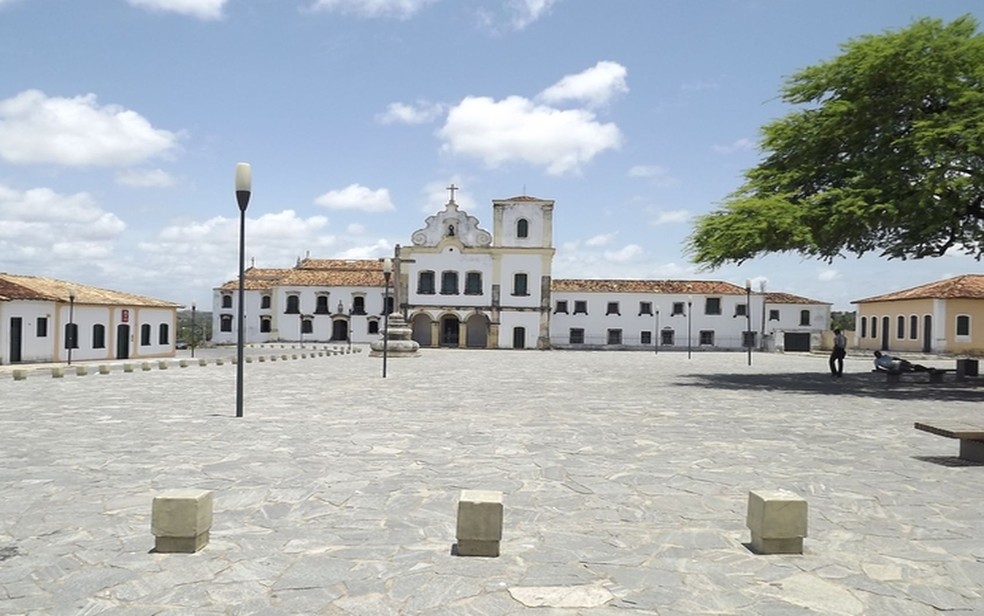
Founded in 1590, the city is among the oldest in the country, and was marked as the state capital until 1855.
São Cristóvão is located on the outskirts of Aracaju, it has a rich and well-preserved colonial architectural ensemble, of Spanish influence, which marks the charming Historic Centre.
Its attractions delight tourists, especially the Praça de São Francisco – listed as a World Heritage Site by Unesco in 2010.
History of São Cristóvão
São Cristóvão is the fourth oldest city in the country and was the first capital of Sergipe.
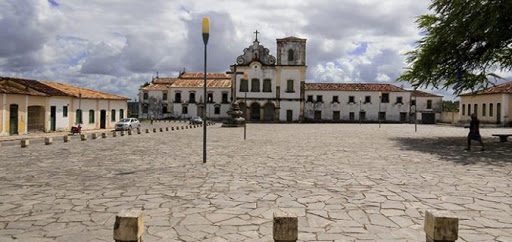
História de São Cristóvão em Sergipe
9. Laranjeiras in Sergipe
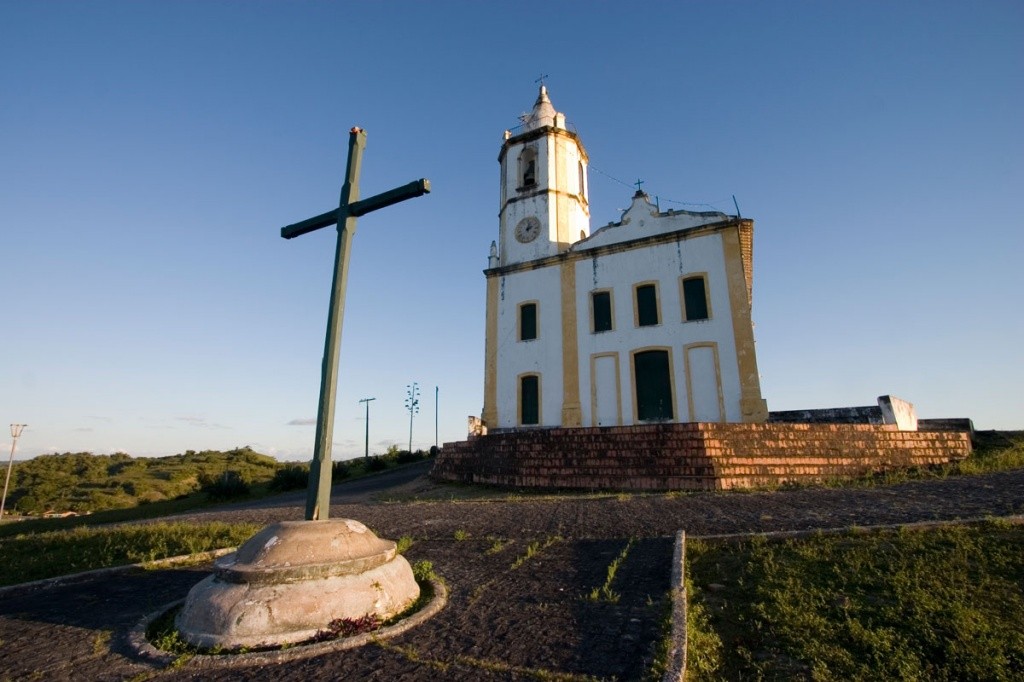
The city’s architectural ensemble includes many baroque constructions, especially in churches such as Nossa Senhora da Conceição da Comandaroba.
During the colonial period, the region was considered one of the most important slave trading centres in the country – a sad story told at the Museu Afro-Brasileiro.
One of the great attractions of local tourism is the folk festivals, which occupy its streets and entertain visitors.
History of Laranjeiras
The municipality of Laranjeiras, 18 kilometres from Aracaju, is one of the few where the strength of colonial architecture can still be seen.
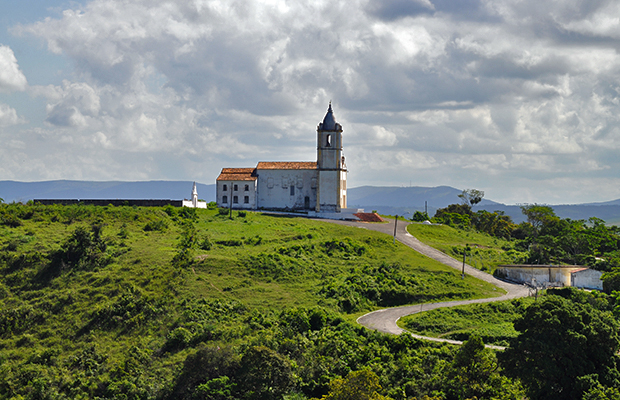
História e monumentos de Laranjeiras em Sergipe
Streets, houses, churches, everything breathes the purest history. Laranjeiras was once the most important city in Sergipe. Cradle of culture, education, politics and economy.
This municipality only did not become the capital of Sergipe because of a political manoeuvre by the Baron of Maruim, who transferred the headquarters from São Cristóvão to Aracaju.
After the troops of Cristóvão de Barros wiped out the indigenous nations around 1530, many ‘settlers’ ended up settling on the banks of the Cotinguiba River.
These lands belonged to the Parish of Socorro.
A small port was built in that area, about a league from the headquarters, and, because of the numerous and leafy orange trees on the riverbank, residents and travellers began to identify the place as Porto das Laranjeiras.
The movement along the Cotinguiba River was intense and soon the harbour became a mandatory stop. Around it, trade gained ground, especially the exchange of slaves, and the first residences were built.
But from 1637 onwards, the small village of Laranjeiras also suffered from attacks and then from Dutch rule. Many houses were destroyed, but the harbour, a strategic point, was preserved.
It was not until around 1645 that the Dutch left Sergipe.
The port of Laranjeiras brought progress back to the town, which was rebuilding at a fast pace after the Dutch had passed through.
In 1701, the Jesuit priests built the first church with a convent.
It stood on the left bank of the São Pedro Creek, a little away from the harbour. They were looking for peace and quiet and named the place ‘Retiro’.
The Jesuits built another church on one of the highest points of the settlement.
In 1731, on top of a hill, the priests ordered the construction of the Church of NossaSenhora da Conceição da Comandaroba, a true masterpiece of colonial architecture.
Because of sugar cane, coconut, cattle, trade and, above all, the harbour, the town of Laranjeiras had achieved an extraordinary level of development.
Even the residents of the parish of Socorro, to which Laranjeiras belonged, used to go to Laranjeiras every week for a market.
It was only on 7 August 1832, as a result of the great political influence of landowners and merchants, that the General Assembly of the Province took a controversial decision.
It transformed the village into an independent town. And instead of dismembering it from the parish of Socorro, the deputies annexed the territory of Nossa Senhora do Socorro to that of Vila de Laranjeiras.
The people of Socorro tried in every way to react, and on 19 February 1835, Socorro was transformed into a village, its lands being dismembered from those of Laranjeiras, which was reduced to the Parish of the Sacred Heart of Jesus of Laranjeiras.
However, this setback did not prevent progress from advancing and it is precisely at this time that Laranjeiras begins to reach its highest degree of development.
On 6 February of that year it was transformed into a District of Peace, and on 11 August 1841 Laranjeiras became the seat of a district. The first judge was Manoel Felipe Monteiro
10. São Luís in Maranhão
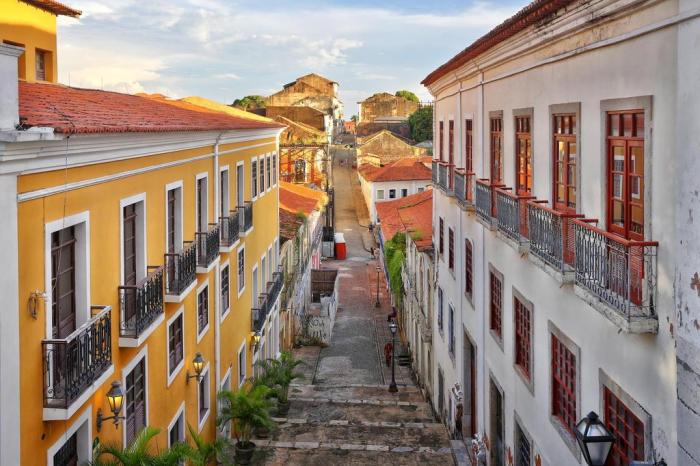
The state capital differs from most Brazilian cities in that it was colonised by the French.
During the 17th century, sailors from Cancale and Saint-Mailo settled in the region and named it in honour of King Louis 13.
At the time, the economy was driven by the plantation and export of sugar cane, cocoa and tobacco. Today, the main heritage of these people, together with the Portuguese and Dutch, is preserved in its Historic Centre, with several buildings that refer to the past.
History of São Luís do Maranhão
The city of São Luís, capital of Maranhão, was formed on the peninsula that advances over the estuary of the Anil and Bacanga rivers.

Founded on 8 September 1612, by the French Daniel de La Touche and Fraçois de Rasilly, whose common goal, within the context of the mercantilist economy, was to establish Equinoctial France, the capital of Maranhão finds in the homage to the then King of France, Louis XIII, the roots of its nomenclature: São Luís.
Conquered and incorporated from Portuguese rule only three years after its foundation by the French (1615), the city of São Luís succumbed to Dutch rule in the 17th century.
However, just as had happened with the French, the Dutch, beaten in a war by the Portuguese, were expelled three years after the invasion, in 1645.
This is when the Portuguese colonisation of the former Upaon Açu or Ilha Grande, according to the Tupinambá name for the island of São Luís, began in earnest.
Born on the sea and characterised as a river and sea port, like other Brazilian cities of the colonial era, the capital of Maranhão played an important role in the economic production of Brazil – colony during the 17th and 19th centuries, having been considered the fourth cotton and rice exporting centre, after Salvador, Recife and Rio de Janeiro.
The civil urban complex that makes up the Historic Centre of the capital of Maranhão dates from this period and is one of the most representative and richest examples of the urban layout and architectural typology produced by Portuguese colonisation.
In reality, the architectural typology that corresponds to the 18th and 19th centuries differs greatly from the rammed earth and wooden houses that characterise the civil buildings of the 17th century: they are solid constructions in stone masonry and mortar with fish oil, metalwork and lias stonework of European origin, and hardwood.
In any case, the most representative examples of São Luís architecture date mainly from the second half of the 19th century. These are the sobrados with façades covered in Portuguese tiles, which are one of the most peculiar aspects of Maranhão’s civil expression.
11. Alcântara in Maranhão
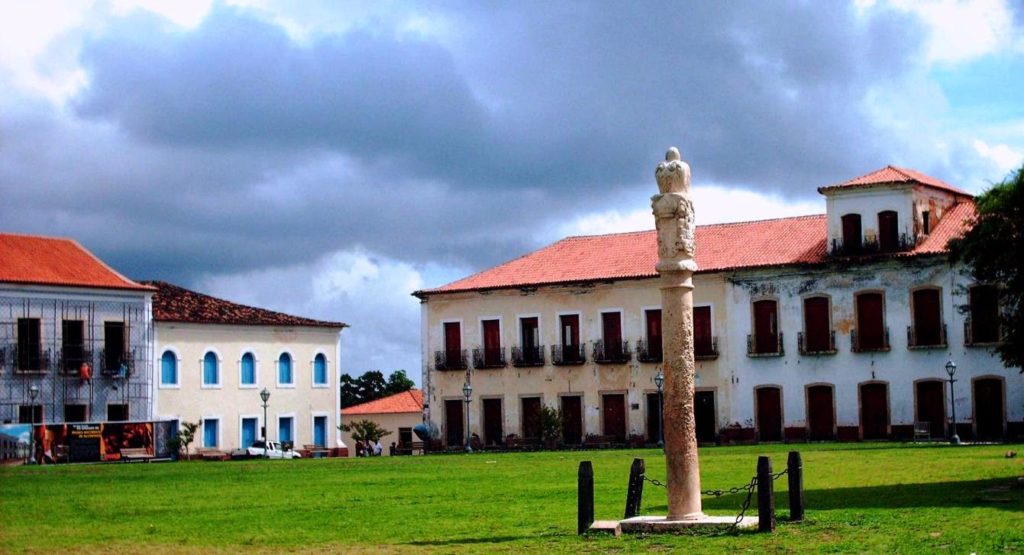
The nickname “city that stood still in time” lives up to its identity.
Here, many of its buildings from the colonial period lie in ruins, such as the Church of São Matias.
Around the 18th century, the region experienced its glory days thanks to the plantation and trade of sugar cane and cotton. To this day, buildings from that period are well preserved, revealing the wealth of barons who lived here.
History of Alcântara
The foundation of Alcântara cannot be precise, but what is certain is that in 1612 there was already a cluster of villages of which it was part with the significant name of Tapuitapera (land of the Indians).

Alcântara no Maranhão
With the arrival of the expedition of Daniel de La Touche, lord of La Lavadière, and the constant infiltration of the French into the indigenous tribes, friendly relations were established with them.
Shortly afterwards, the first alcantarense was baptised with the name of Martinho Francisco. A chapel was built in his taba, and it is said that the first mass was celebrated there in Alcântara.
After the expulsion of the French, Portuguese rule was established, but the importance of the village was not diminished. Between 1616 and 1618, Portuguese colonisation began in Tapuitapera, with a small prison which the Indians later destroyed.
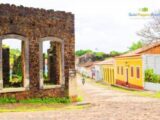
With the subdivision of the captaincies of Maranhão and Grão-Pará, Tapuitapera became the head of the captaincy of Cumã, given by the 1st Governor of Maranhão, Francisco Coelho de Carvalho, to his brother Antônio Coelho de Carvalho on 19 March 1624.
However, the grantee does not seem to have given the captaincy rapid development, since in 1641, at the time of the Dutch invasion, it was abandoned after a brief period of occupation.
The village’s progress was only observed in 1648, when it was elevated to the category of town, with the name of Alcântara, under the invocation of the apostle St Matthias. By this time there was already a stone and lime church dedicated to Saint Bartholomew and the first sugar mills had been built.
Soon after the town was created, construction began on the Nossa Senhora dos Remédios Convent, which was later renamed the Nossa Senhora das Mercês Convent.
Our Lady of Mercy, then the Convent of Our Lady of Mount Carmel, also a major undertaking.
Alcântara progressively prospered in all sectors and became the largest production centre in the province, where the great fortunes of the time were to be found. Undoubtedly, what greatly contributed to its enrichment was the large number of slaves.
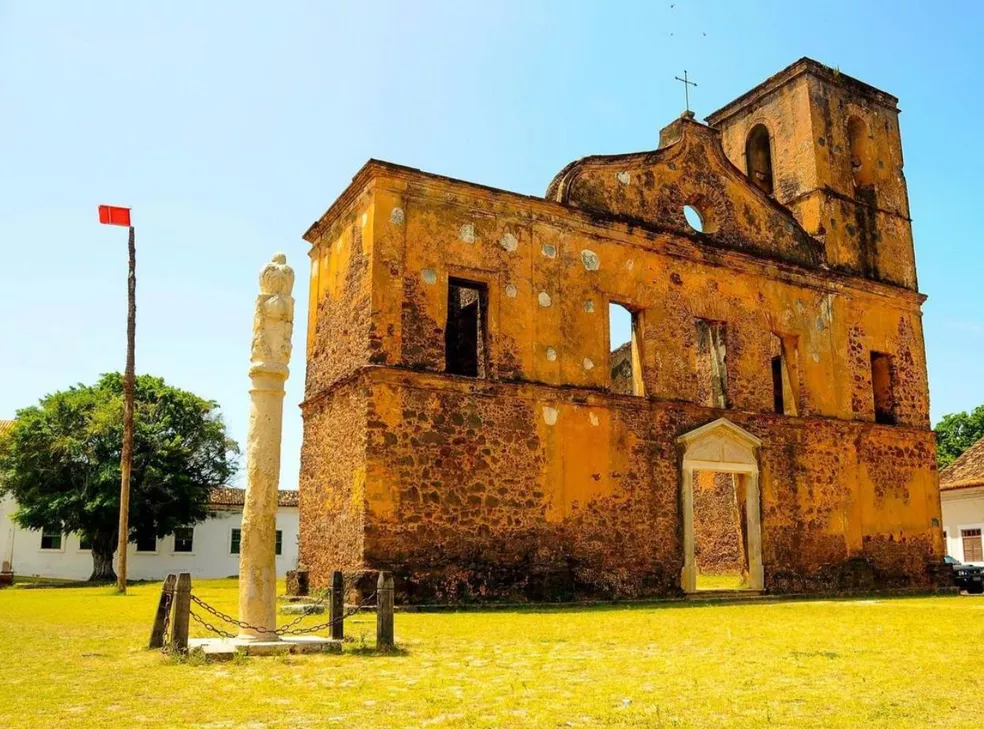
It became customary for wealthy families to send their children to Coimbra to be educated there, since the town only had primary schools, and this practice continued for many years.
This was due to the large number of families made up of Portuguese settlers, most of whom were of noble origin. Later, with the creation of the legal course in Brazil, Olinda replaced Coimbra.
In 1835, the District was created, with Clóvis Bevilacqua as its first prosecutor. In 1836, it was elevated to the category of city, a phase in which it reached the height of its greatness. Gradually, however, Alcântara lost its primacy in Maranhão production, reflecting the decline of economic activities in its social life.
On 22 December 1948, the date of the tricentenary of its elevation to a village, Alcântara was considered a ‘National Monument City’.
Northeast Tourism and Travel Guide – 11 historic cities in the northeast that you need to know
